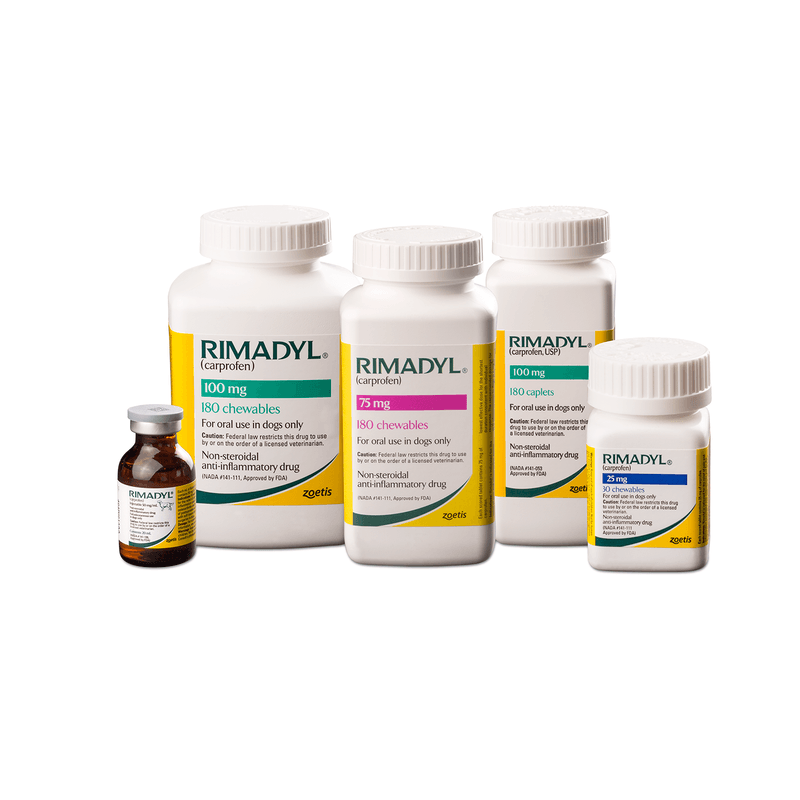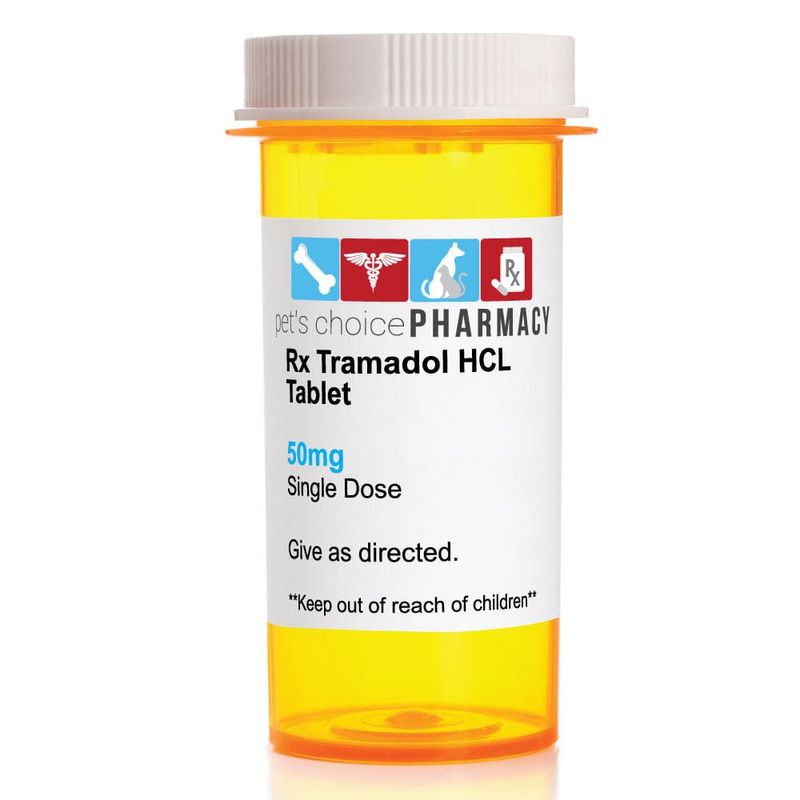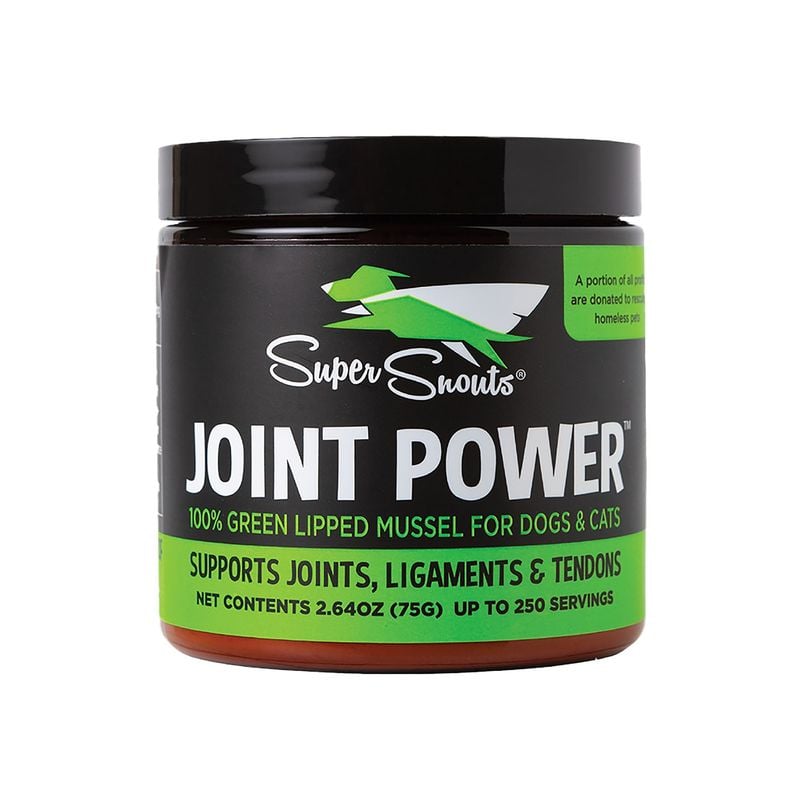What Can You Give a Dog for Pain? 18 Vet-Approved Options
When our furry friends are in pain, it’s only natural to want to ease their discomfort as quickly and compassionately as possible. Whether it’s from an injury, surgery, arthritis, or just the wear and tear of age, watching a dog suffer is heartbreaking. But unlike humans, dogs can’t tell us exactly where it hurts—or how badly—which makes recognizing and treating their pain more challenging.
It’s important to understand that not all remedies are created equal. Many well-meaning pet owners reach for common over-the-counter medications like ibuprofen, aspirin, or acetaminophen, not realizing these can be extremely harmful—even fatal—for dogs. What works for us can be dangerous for them.
That’s why responsible pain management starts with knowledge and caution. From veterinarian-prescribed medications to natural supplements and supportive therapies, there are many safe and effective ways to help your dog feel better. Whether your pup is limping after a long hike, recovering from surgery, or dealing with chronic joint issues, the key is choosing treatments that are dog-safe and backed by veterinary advice.
In this guide, we’ll walk you through a range of vet-approved pain relief options—from prescription meds to holistic therapies—that can offer real relief without putting your dog at risk. Because when it comes to your dog’s health, comfort and safety should always go paw in paw.
1. Carprofen (Rimadyl)
Carprofen stands as one of the most commonly prescribed medications for canine pain management. This veterinary-specific NSAID (non-steroidal anti-inflammatory drug) effectively tackles inflammation while providing relief from both acute and chronic pain.
Particularly beneficial for dogs with arthritis, Carprofen helps improve mobility and quality of life. Many pet owners notice their older dogs becoming more playful and energetic after starting treatment.
Available only by prescription, proper dosing depends on your dog’s weight and condition. Regular blood work monitoring ensures your pup’s liver and kidneys handle the medication well over time.
2. Meloxicam (Metacam)
Meloxicam comes in a honey-flavored liquid form that many dogs readily accept. This prescription NSAID works by reducing inflammation throughout the body, making it excellent for treating chronic conditions like arthritis or acute pain following injuries.
One advantage of Meloxicam is its convenient once-daily dosing. The liquid formulation allows for precise measurement based on your dog’s exact weight, ensuring proper dosage every time.
Veterinarians often prefer this medication because it’s gentle on the stomach compared to some other NSAIDs. Still, your vet will likely recommend periodic blood tests to monitor liver and kidney function during long-term use.
3. Deracoxib (Deramaxx)
Deracoxib tablets come in a beef flavor that entices even picky eaters. This medication specifically targets COX-2 enzymes responsible for pain and inflammation while sparing the protective COX-1 enzymes in the digestive system.
Dogs with osteoarthritis show remarkable improvement in mobility and comfort when taking Deracoxib as prescribed. The medication provides 24-hour relief, meaning fewer pills and less stress for both you and your pet.
Your veterinarian might prescribe Deracoxib for post-surgical pain or chronic joint issues. Like other NSAIDs, it requires a prescription and periodic monitoring to ensure your dog tolerates it well long-term.
4. Firocoxib (Previcox)
Firocoxib offers powerful relief for dogs suffering from osteoarthritis pain. These chewable tablets work by targeting specific inflammation pathways, providing relief without affecting the stomach lining as much as some other pain medications.
Many dogs experience improved mobility within days of starting Firocoxib. Owners often report their pets can climb stairs, jump into cars, or play like they haven’t in years. The medication typically requires just one dose daily, making it convenient for pet parents.
As with all prescription medications, your vet will determine the appropriate dosage based on your dog’s weight and monitor for any side effects through regular check-ups and blood work.
5. Gabapentin
Gabapentin originally treated seizures in humans but has become invaluable for managing nerve pain in dogs. This medication works differently than NSAIDs by calming overactive nerves that send pain signals to the brain.
Dogs with disc disease, pinched nerves, or chronic pain conditions often respond well to gabapentin when other medications fall short. An added benefit: it can help anxious dogs feel calmer during painful episodes. Available in capsules or liquid form, gabapentin can be given with or without food.
Your veterinarian might prescribe it alone or combine it with other pain medications for enhanced relief, especially for complex pain conditions that don’t respond to single-drug approaches.
6. Tramadol
Tramadol provides a middle-ground option between over-the-counter pain relievers and stronger opioids. This prescription medication works on pain receptors in the brain, changing how your dog perceives pain rather than reducing inflammation.
Veterinarians sometimes prescribe tramadol for moderate to severe pain, particularly when a dog can’t tolerate NSAIDs. Though less commonly used than in previous years due to questions about its effectiveness in dogs, it remains helpful for certain pain situations.
The medication comes in tablet form and typically needs to be given multiple times daily. Some dogs experience mild sedation or upset stomach when first starting tramadol, but these effects usually subside as they adjust to the medication.
7. Corticosteroids
Corticosteroids like prednisone pack a powerful punch against severe inflammation. These medications mimic natural hormones produced by the adrenal glands, quickly reducing swelling and pain throughout the body.
For dogs with autoimmune conditions, allergic reactions, or severe joint inflammation, a short course of steroids can provide dramatic relief. Your vet might prescribe them when the benefits outweigh potential side effects.
These medications aren’t suitable for long-term use due to significant side effects including increased thirst, hunger, urination, and potential organ damage. However, for short-term management of acute inflammatory conditions, they remain valuable tools in your veterinarian’s arsenal.
8. Glucosamine and Chondroitin
Glucosamine and chondroitin supplements support joint health by providing building blocks for cartilage repair. Unlike prescription medications, these supplements work gradually to improve joint function rather than immediately relieving pain.
Many veterinarians recommend these supplements for aging dogs, especially larger breeds prone to joint issues. They’re generally considered safe for long-term use with minimal side effects, making them appropriate for preventive care.
Available in chewable treats, powders, or liquid formulations, these supplements can be given alongside prescription pain medications.
For best results, look for products specifically formulated for dogs with therapeutic levels of active ingredients and consistent quality control.
9. Fish Oil (Omega-3s)
Fish oil supplements deliver powerful omega-3 fatty acids that naturally fight inflammation throughout your dog’s body. These essential fats help reduce joint pain and stiffness while supporting heart and brain health.
Dogs receiving regular fish oil often show improved mobility and comfort, especially those with arthritis or allergic skin conditions. The liquid form can be drizzled over food, while capsules work well for picky eaters when hidden in treats.
Quality matters tremendously with fish oil supplements. Look for products tested for heavy metals and specifically formulated for pets. Start with a small dose and gradually increase to avoid digestive upset, and store properly to prevent rancidity.
10. CBD Oil (Pet-Specific)
CBD oil derived from hemp plants has gained popularity for managing canine discomfort. This natural compound interacts with your dog’s endocannabinoid system, potentially reducing pain signals and inflammation without psychoactive effects.
Research on CBD for dogs continues to evolve, but many pet owners report improvements in mobility and comfort, particularly for arthritis and anxiety-related pain. Always choose products specifically formulated for pets that contain zero THC, the psychoactive component of cannabis.
Quality varies dramatically between brands, so look for companies that provide third-party testing results. Start with the lowest recommended dose and monitor your dog’s response before gradually increasing if needed, always keeping your veterinarian informed.
11. Turmeric/Curcumin
Turmeric contains curcumin, a compound with impressive natural anti-inflammatory properties. When properly prepared for dogs, this golden spice can help reduce joint pain and stiffness, especially in chronic conditions like arthritis.
For maximum absorption, turmeric should be combined with a healthy fat and black pepper. Commercial canine turmeric supplements often include these ingredients already, making administration easier. Results typically take several weeks to become noticeable, so consistency matters.
While generally safe, turmeric may interact with certain medications or cause digestive upset in some dogs. Start with small amounts and always check with your vet before adding any supplement to your dog’s regimen.
12. Green-lipped Mussel Extract
Green-lipped mussel extract comes from shellfish native to New Zealand waters. These mussels contain a unique combination of omega-3 fatty acids, glycosaminoglycans, and natural compounds that support joint health and reduce inflammation.
Many dogs with arthritis or joint injuries show improved mobility and decreased discomfort when taking this supplement regularly. The extract works gradually, with benefits typically appearing after several weeks of consistent use.
Available in powder, capsule, or chewable forms, green-lipped mussel extract can be given alongside conventional medications. Look for products specifically formulated for pets with minimal additional ingredients to ensure you’re providing the purest form possible.
13. Laser Therapy
Laser therapy uses specific wavelengths of light to stimulate healing at the cellular level. When the therapeutic light penetrates tissue, it increases circulation, reduces inflammation, and releases endorphins—the body’s natural painkillers.
Dogs with arthritis, surgical incisions, or muscle injuries often experience immediate relief after treatment. Sessions are quick (usually under 10 minutes) and completely painless, with many dogs relaxing or even falling asleep during therapy.
This non-invasive treatment requires specialized equipment and training, so it’s performed in veterinary clinics. A typical treatment plan might include several sessions initially, then maintenance treatments as needed, with results improving over time.
14. Acupuncture
Acupuncture involves placing thin needles at specific points along your dog’s body to stimulate natural healing. Based on ancient Chinese medicine principles, this therapy helps release tension, improve circulation, and trigger endorphin production for natural pain relief.
Surprisingly, most dogs tolerate acupuncture extremely well, often becoming deeply relaxed during sessions. The tiny needles cause minimal discomfort, and treatments typically last 15-30 minutes. Veterinary acupuncturists use this therapy for arthritis, disc disease, muscle strains, and post-surgical pain.
Results vary by individual, but many dogs show improved mobility and comfort after several sessions. For best results, seek a certified veterinary acupuncturist with specific training in animal treatment.
15. Canine Massage Therapy
Canine massage therapy uses gentle manipulation of soft tissues to relieve muscle tension and pain. Professional therapists use techniques adapted specifically for dogs’ unique anatomy and needs.
Regular massage sessions can help dogs with arthritis, muscle strains, or post-surgical stiffness. Beyond physical benefits, massage reduces stress hormones and increases feel-good chemicals in the brain, creating an overall sense of wellbeing.
Many dogs who initially seem uncomfortable with touching eventually look forward to their massage sessions. Look for certified canine massage therapists who understand dog anatomy and behavior. Some therapists can teach you basic techniques to continue the benefits at home between professional sessions.
16. Physical Therapy/Water Therapy
Canine physical therapy incorporates specialized exercises to improve strength, balance, and mobility while reducing pain. Water therapy deserves special mention—the buoyancy of water supports your dog’s weight, allowing movement with minimal joint stress.
Dogs recovering from surgery, those with arthritis, or pups managing neurological conditions often make remarkable progress through structured therapy programs. Sessions typically combine multiple techniques including therapeutic exercises, balance work, and controlled walking.
Professional canine rehabilitation specialists create customized treatment plans based on your dog’s specific needs. Many teach home exercises to complement in-clinic work, maximizing benefits between sessions and accelerating recovery or pain management.
17. Cold Compresses
Cold compresses provide immediate relief for acute injuries by reducing inflammation and numbing pain. They work by constricting blood vessels, limiting swelling, and slowing nerve impulses that transmit pain signals.
Perfect for fresh injuries, sprains, or post-exercise soreness, cold therapy works best when applied within the first 24-48 hours. A properly wrapped ice pack (never applied directly to skin) can be held against the affected area for 10-15 minutes at a time.
For makeshift cold compresses, try frozen peas wrapped in a thin towel or specially designed pet ice packs that maintain flexibility when frozen. Always monitor your dog’s comfort level during application, removing the compress if they show signs of discomfort.
18. Warm Compresses
Warm compresses bring comfort to achy muscles and stiff joints in dogs. Heat therapy increases blood flow to the affected area, relaxes tight muscles, and soothes chronic pain, especially in older dogs with arthritis.
Microwavable heat packs designed for pets work wonderfully, maintaining a safe temperature that won’t burn sensitive skin. Apply the warm compress to the affected area for 10-15 minutes at a time, always with a thin towel between the heat source and your dog’s skin.
For maximum benefit, use warm compresses before gentle activity to loosen stiff joints. Many arthritic dogs particularly appreciate heat therapy during cold weather when joint pain typically worsens.
























